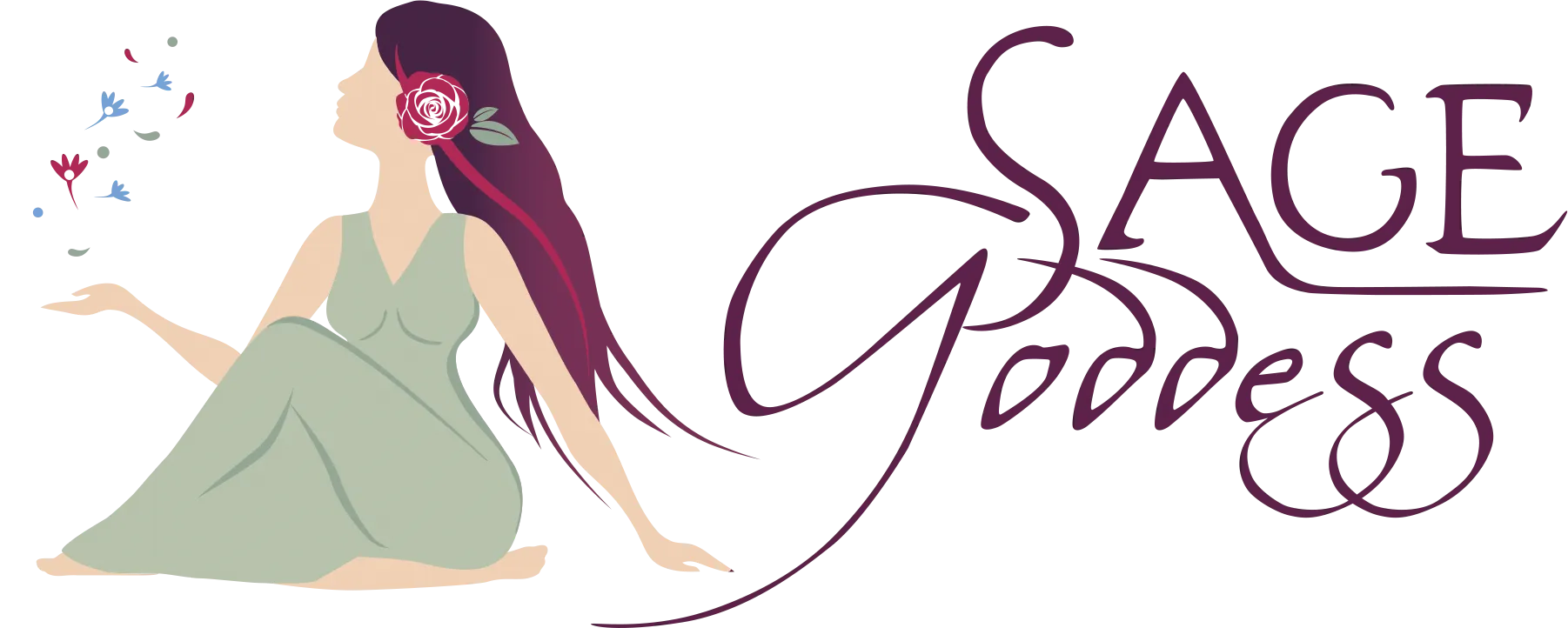What is Reiki?
Inspired by ancient Tibetan practices, Reiki is a form of alternative medicine that uses energy therapy to bring healing to the body, mind, and spirit. Using a technique known as hands-on-healing, Reiki therapy serves to channel life force energy into and throughout the body, to infuse it with greater wellness, balance, and strength. The name Reiki is derived from the Japanese word Rei, meaning “God’s wisdom” and Ki, the Japanese word for Chi, or life force.
The origins of Reiki can be traced to a cave on Mt. Kurama, a sacred mountain in Japan. Here, in the early 1920s, Buddhist Mikao Usui fasted, meditated, and prayed for 21 days. On the morning of the 21st day, he experienced something that would transform his life and eventually, the world. On that day, ancient Sanskrit symbols came to him in a vision, leading him to develop a system of healing that we know today as Reiki. In 1922, Mikao Usui opened his first Reiki clinic in Tokyo.
How Does Reiki Work?
Close your eyes for a moment and observe how energy is flowing throughout your body. Is it flowing easily and fluidly? Or are there areas of your body where energy feels stuck or stagnant? Reiki heals the body, mind, and spirit by helping the energy in your body flow freely.
Reiki can be performed on oneself, but it’s generally performed by one person for another. The therapist should be a certified Reiki practitioner attuned to any of the four levels of Reiki mastery. The Reiki practitioner uses their hands to move and manipulate energy to certain focal points of the body, and the healer’s fingers should be held together on each hand to keep the flow of energy concentrated. It’s said that the true healing of Reiki comes from its own wisdom – that no matter where the practitioner places their hands, the life force energy will know where to go and what to treat in the body.
The Four Levels of Reiki Attunement
To become a Reiki practitioner, you must be attuned at Levels 1 through 3, or First Degree through Third Degree. There’s also a Master Teacher Level, known as Level 4. Only at this fourth level are you gifted with the ability and wisdom to teach others the ways of Reiki.
Above all, the most essential thing to understand about Reiki at any level is that it’s all about the intention of the practitioner, and the flow of energy from his or her sacred healing intention.
First Degree Reiki: When becoming a Level 1 Reiki practitioner, the Master Teacher transfers their healing power to you, the student, through attunement – much like a treatment session. This attunement opens the Third Eye Chakra and increases psychic awareness. Once you’re attuned, you’re attuned for life. This is the baseline for performing this therapy in the present moment, in person.
Second Degree Reiki: Becoming a Level 2 Reiki practitioner involves a three-part initiation process. During this process, you’re taught three Japanese Reiki symbols – how to read, write, and speak them. These three symbols are Cho Ku Rei (physical healing), Sei Hei Ki (emotional healing), and Hon Sha Ze Sho Nen (distance, space/time healing). These symbols unlock even greater healing power and enable you to perform distance healing, across both space and time. This means you don’t have to be physically present with the person you are healing.
Third Degree Reiki: To qualify for this level, you need to have practiced Reiki for at least six months, and you must be able to draw the three Level 2 symbols from memory. Then, to become a Level 3 Reiki practitioner, which is considered a “non-attuning Master,” you are further attuned by your teacher and taught additional symbols. The most important symbol taught at this level is the Master empowerment symbol, Dai Ko Myo, which expands and deepens your power as a conduit of life force energy.
Fourth Degree Reiki: When becoming a Level 4 Reiki practitioner, also referred to as a Reiki Master or Master Teacher, your energy is raised through what is known as a fire and water attunement. This consists of only one critical initiation process, which enables you to teach and attune new practitioners and to help others empower themselves through Reiki.

